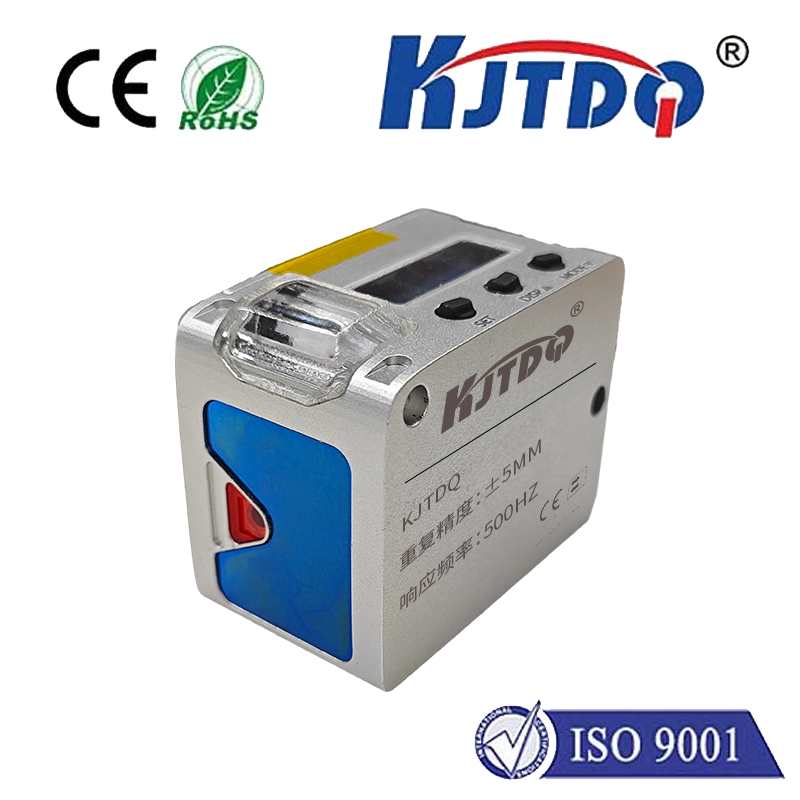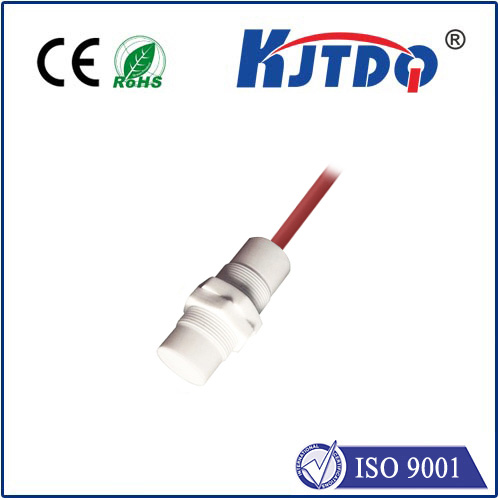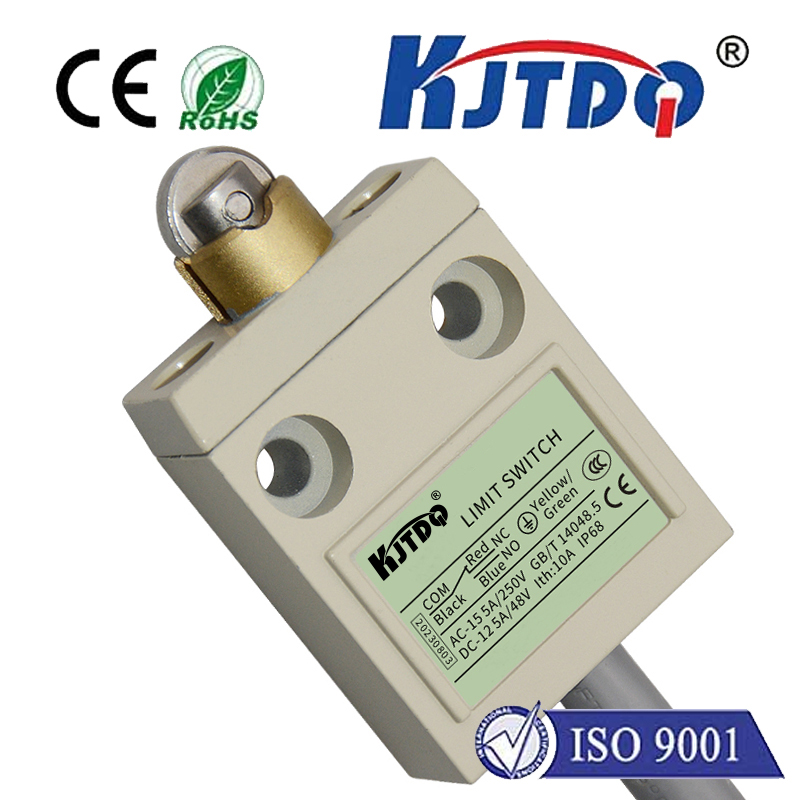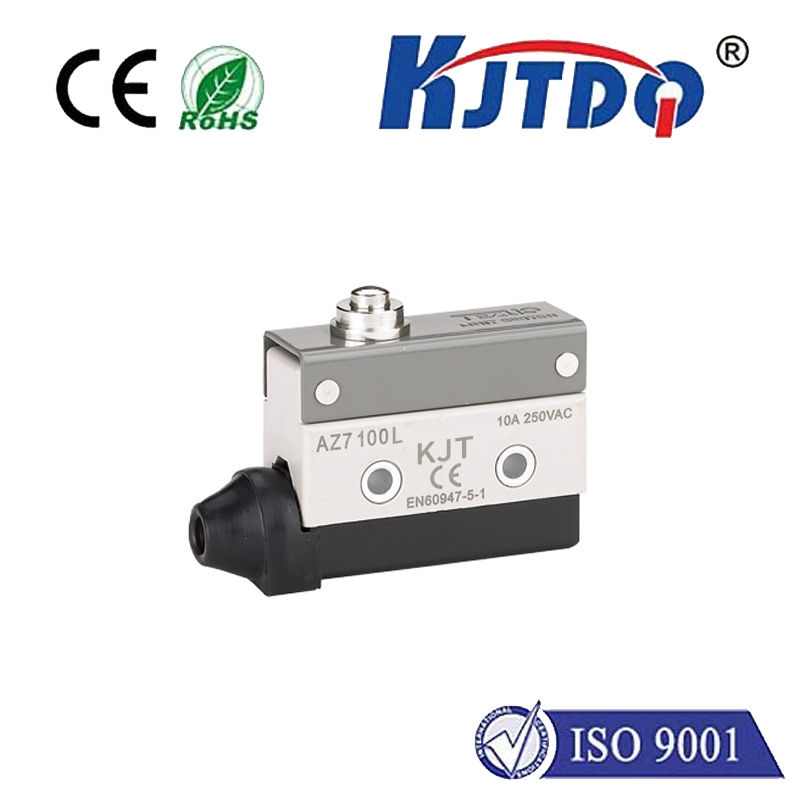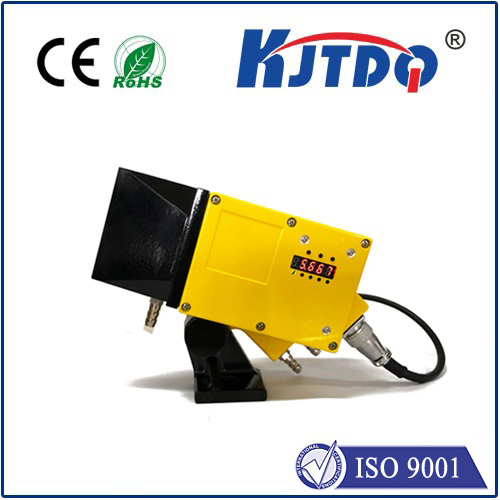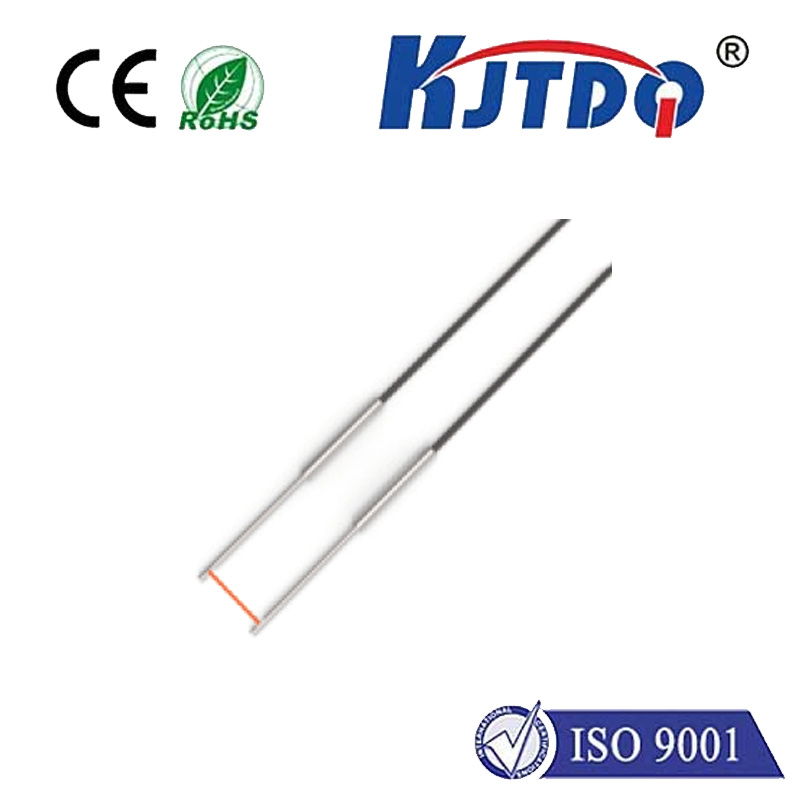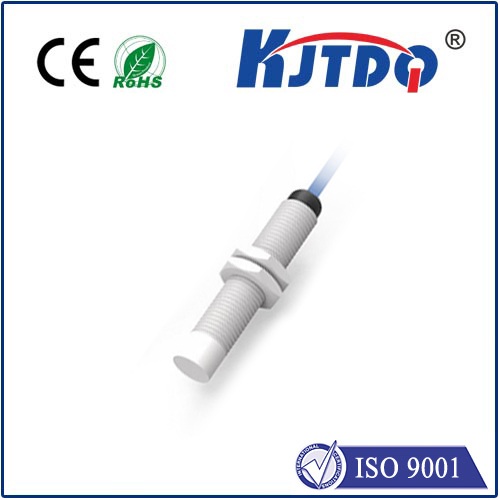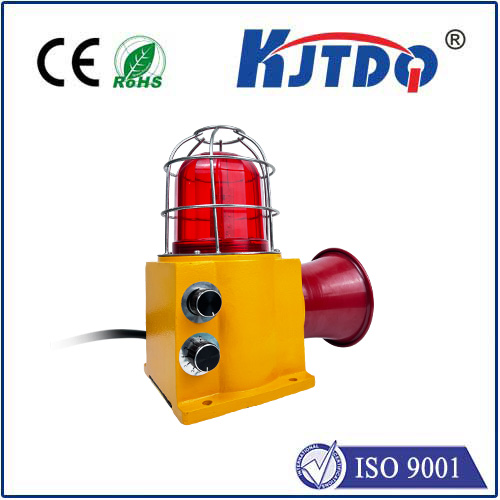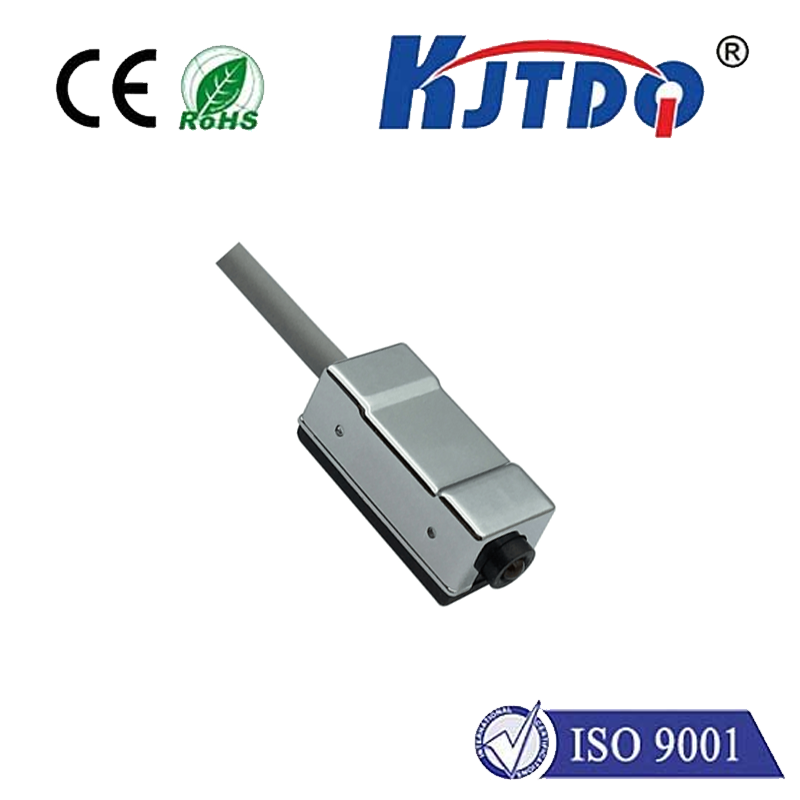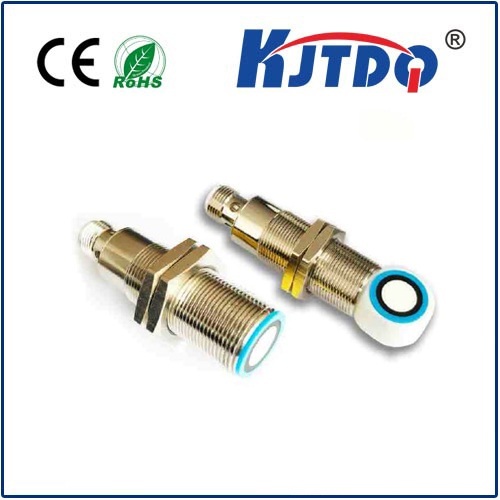
check

check

check

check

Title: Enhancing Safety and Efficiency with Explosion Proof Proximity Sensors Subtitle: A Comprehensive Guide to the Critical Technology in Hazardous Environments Introduction In industrial settings where safety is paramount, explosion proof proximity sensors have emerged as a vital technology. These sensors are designed not only to detect objects within a certain range without any physical contact but also to withstand potentially explosive atmospheres. This article delves into the world of explosion proof proximity sensors, exploring their features, applications, and the benefits they offer in ensuring both operational efficiency and workplace safety. Understanding Explosion Proof Proximity Sensors Explosion proof proximity sensors are specifically engineered to operate safely in environments that pose a risk of explosion due to the presence of flammable gases, vapors, or dust. Unlike conventional proximity sensors, these devices comply with stringent international standards such as IECEx and ATEX, which govern their design, construction, and performance. They are built with special enclosures and materials that prevent sparks from escaping and igniting the surrounding environment. Key Features and Benefits The primary allure of explosion proof proximity sensors lies in their ability to function reliably in extreme conditions without compromising safety. Key features include robust housing, intrinsically safe circuitry, and high-temperature resistance. These characteristics ensure that the sensors can endure harsh industrial environments without failure. The benefits are manifold: reduced risk of accidents, increased equipment reliability, compliance with legal regulations, and enhanced worker confidence. Applications in Various Industries Industries such as oil and gas, chemical manufacturing, mining, and food processing rely heavily on explosion proof proximity sensors. In these sectors, monitoring the position of machinery parts, level of liquids, or the presence of objects is crucial for maintaining production flow and preventing hazardous situations. For example, in a petrochemical plant, these sensors might be used to monitor the fill level of storage tanks or as a safety mechanism to halt operations if unsafe conditions are detected. Advancements and Future Trends As technology advances, we’re seeing innovations like smart explosion proof proximity sensors that integrate with IoT systems for real-time data analysis and remote monitoring. These advancements are set to further improve predictive maintenance practices and reduce downtime. Moreover, with growing environmental concerns, there’s an increasing focus on creating more sustainable sensor options that have a minimal carbon footprint while maintaining their ruggedness and reliability. Conclusion Explosion proof proximity sensors represent a critical investment for industries operating in hazardous environments. By providing accurate detection without introducing additional risks, these sensors play a fundamental role in safeguarding lives and assets. As industry standards evolve and technology continues to advance, we can expect even greater contributions from this essential technology in the quest for safer and more efficient industrial operations.
